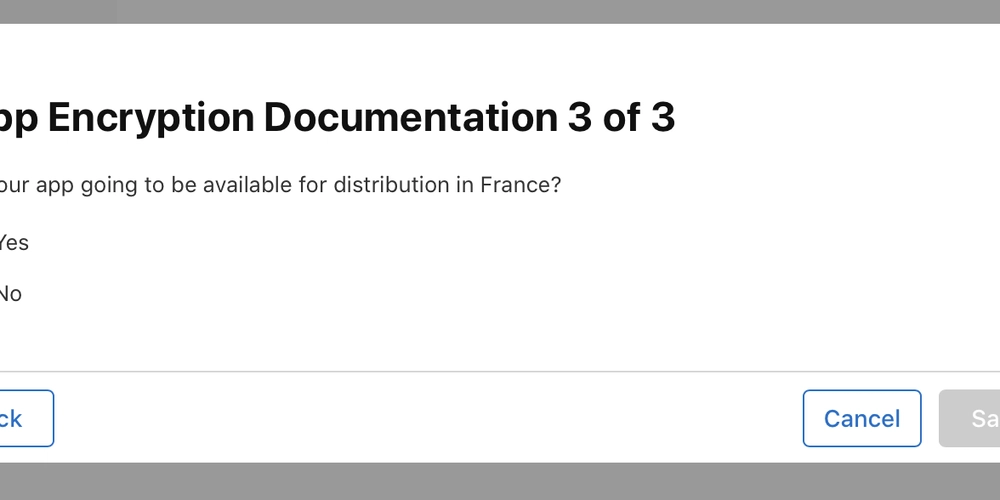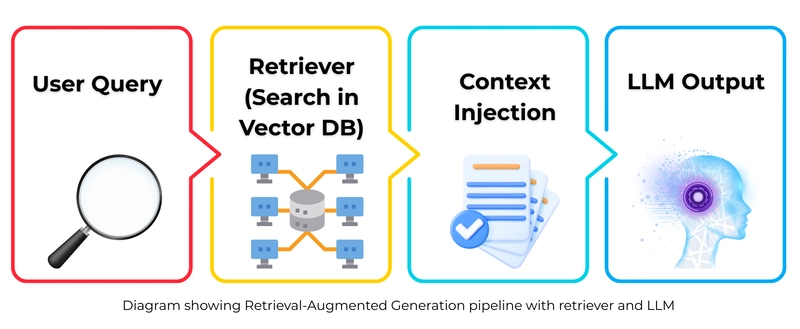Catalysis Node Operators Explained: The Backbone of a Scalable Web3 Ecosystem
INTRODUCTION: Node operators are like the workers or machines that keep the whole Catalysis system running. You might even call them the backbone of the entire Catalysis Network. Pretty cool right? But exactly is the purpose of the Node Operators in the Catalysis Ecosystem? well let's get into that now. They power the services (AVSs) by doing important technical tasks. They also help protect the network by locking up funds (called staking)—this keeps them honest. If they do something wrong, they can lose money so they have a strong reason to act fairly. I'm pretty sure at this point you can fairly understand why they are called the backbone of the network. Basically without them nothing would work. HOW DOES CATALYSIS WORK IN RELATION TO THE NODE OPERATORS? Catalysis offers quite some big advantages to Node Operators to make their work relatively easier and faster thereby making them more efficient. Some of these advantages include: Normally, running these services on many platforms is complicated and expensive. Catalysis simplifies this by giving them one tool (Catalyst-CLI) to manage everything in one place. Think of the (Catalyst-CLI) like a remote control for running and managing AVSs (Actively Validated Services) — but instead of using buttons, you type commands. Instead of building and maintaining many separate systems, they just set up one node — much easier!!! Key Benefits: Save time and money(less DevOps work). Support many services (even thousands) with very little extra effort. Even small operators can now join in, not just big players — making the network more decentralized and fair. Easy to Manage: One tool (Catalyst-CLI) lets you control everything from one place — no need to juggle different systems. Now as usual we're gonna give a live example to make sure we all have a better understanding of what we're talking about here.
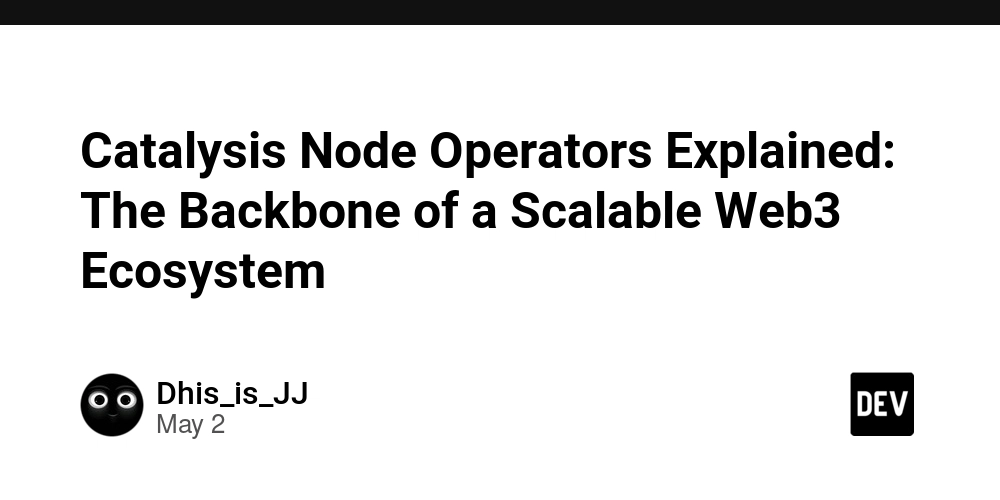
INTRODUCTION:
Node operators are like the workers or machines that keep the whole Catalysis system running. You might even call them the backbone of the entire Catalysis Network.
Pretty cool right?
But exactly is the purpose of the Node Operators in the Catalysis Ecosystem? well let's get into that now.
- They power the services (AVSs) by doing important technical tasks.
- They also help protect the network by locking up funds (called staking)—this keeps them honest.
- If they do something wrong, they can lose money so they have a strong reason to act fairly. I'm pretty sure at this point you can fairly understand why they are called the backbone of the network. Basically without them nothing would work.
HOW DOES CATALYSIS WORK IN RELATION TO THE NODE OPERATORS?
Catalysis offers quite some big advantages to Node Operators to make their work relatively easier and faster thereby making them more efficient. Some of these advantages include:
- Normally, running these services on many platforms is complicated and expensive.
- Catalysis simplifies this by giving them one tool (Catalyst-CLI)
to manage everything in one place.
- Think of the (Catalyst-CLI) like a remote control for running and managing AVSs (Actively Validated Services) — but instead of using buttons, you type commands.
- Instead of building and maintaining many separate systems, they just set up one node — much easier!!!
Key Benefits:
- Save time and money(less DevOps work).
- Support many services (even thousands) with very little extra effort.
- Even small operators can now join in, not just big players — making the network more decentralized and fair.
- Easy to Manage: One tool (Catalyst-CLI) lets you control everything from one place — no need to juggle different systems.
Now as usual we're gonna give a live example to make sure we all have a better understanding of what we're talking about here.
_Inge_Johnsson-Alamy.jpg?width=1280&auto=webp&quality=80&disable=upscale#)








































































![Apple Developing AI 'Vibe-Coding' Assistant for Xcode With Anthropic [Report]](https://www.iclarified.com/images/news/97200/97200/97200-640.jpg)
![Apple's New Ads Spotlight Apple Watch for Kids [Video]](https://www.iclarified.com/images/news/97197/97197/97197-640.jpg)





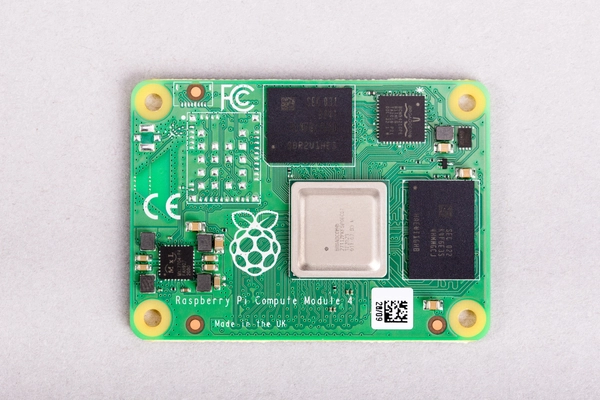



























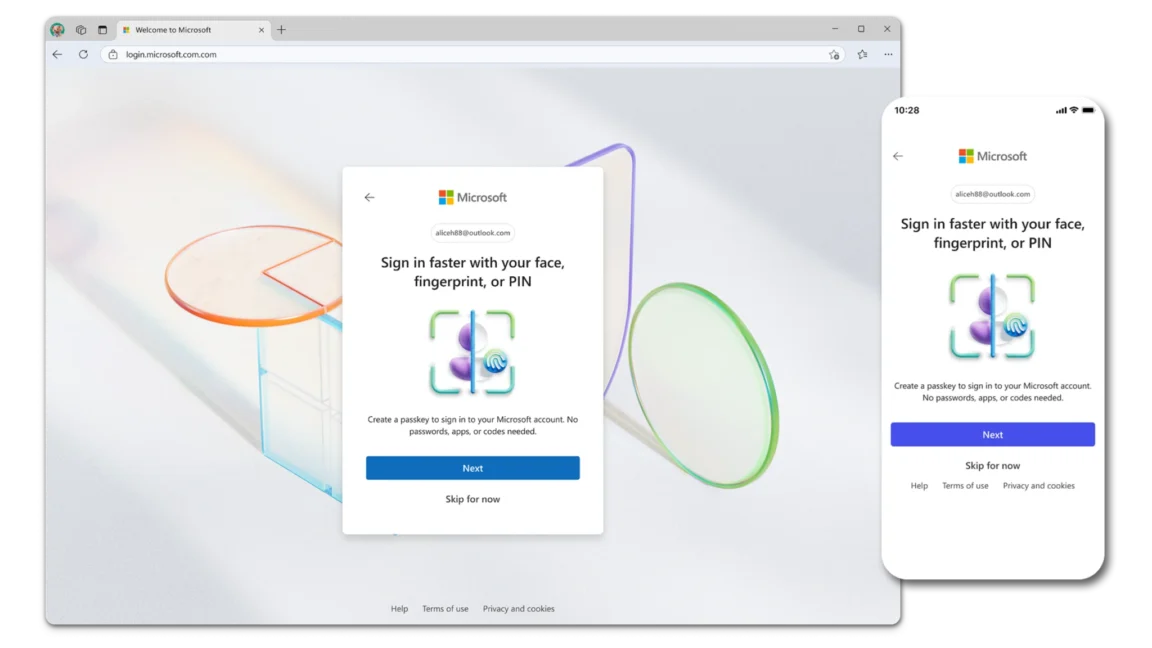





































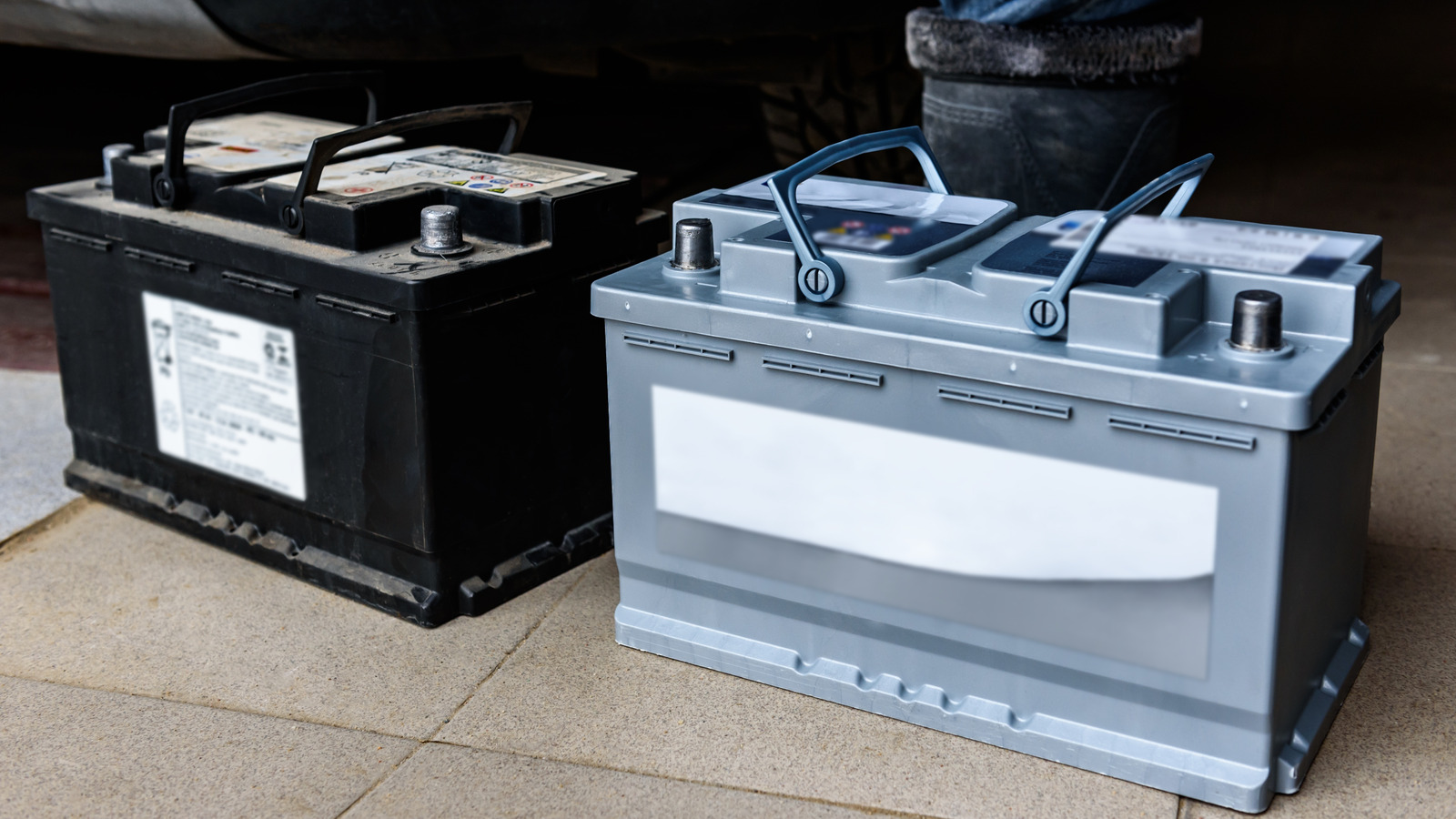










































_Andy_Dean_Photography_Alamy.jpg?width=1280&auto=webp&quality=80&disable=upscale#)


























































































































![[The AI Show Episode 145]: OpenAI Releases o3 and o4-mini, AI Is Causing “Quiet Layoffs,” Executive Order on Youth AI Education & GPT-4o’s Controversial Update](https://www.marketingaiinstitute.com/hubfs/ep%20145%20cover.png)















































































































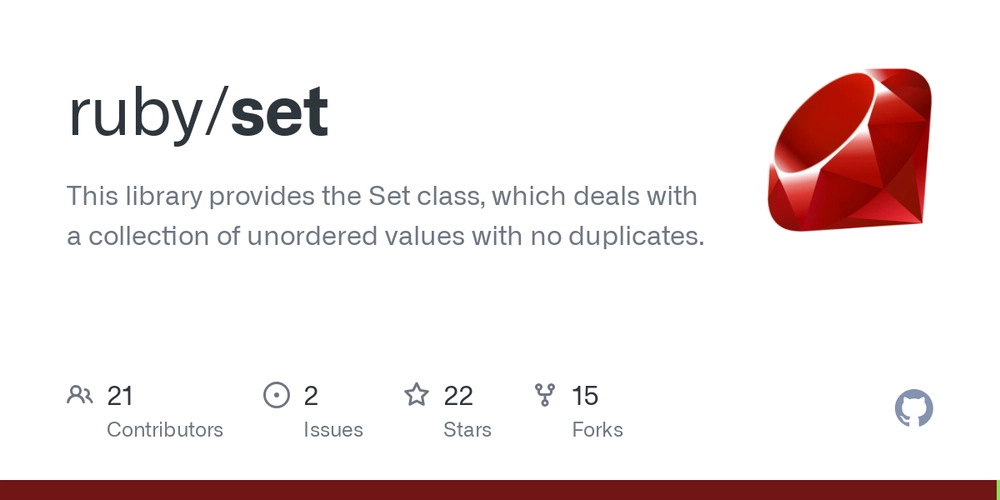












































![From Art School Drop-out to Microsoft Engineer with Shashi Lo [Podcast #170]](https://cdn.hashnode.com/res/hashnode/image/upload/v1746203291209/439bf16b-c820-4fe8-b69e-94d80533b2df.png?#)





































































































